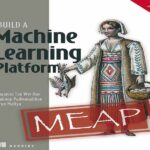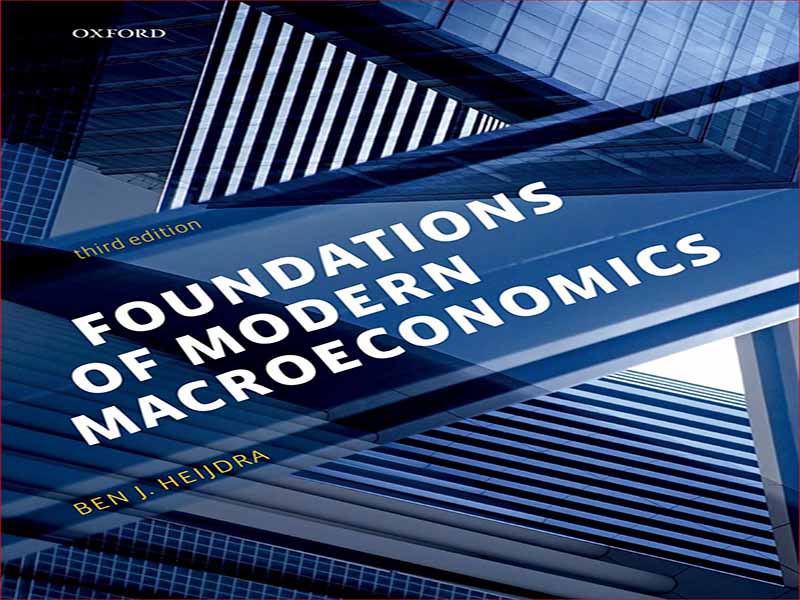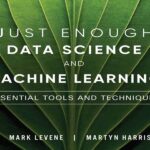- عنوان کتاب: Foundations of Modern Macroeconomics
- نویسنده: Ben J. Heijdra
- حوزه: اقتصاد کلان
- سال انتشار: 2017
- تعداد صفحه: 937
- زبان اصلی: انگلیسی
- نوع فایل: pdf
- حجم فایل: 22.1 مگابایت
همانطور که در مورد دو ویرایش اول این کتاب بود، این ویرایش جدید سعی میکند نمای کلی متعادلی از نظریه اقتصاد کلان مدرن ارائه دهد. من دو اصل راهنما را دنبال می کنم. اول، من با توجه نه تنها به جدیدترین بینش ها در این زمینه، بلکه به پیشرفت هایی که در حال حاضر کمتر محبوب هستند، رویکردی نسبتاً التقاطی را اتخاذ می کنم. با انجام این کار، امیدوارم بتوانم دید کلی بهتری از بحث های جاری و گذشته در نظریه اقتصاد کلان به دانشجویان ارائه دهم. تاریخ می تواند درس های مفیدی به ما بدهد، به شرطی که مایل به گوش دادن باشیم! به عنوان مثال، من همچنان بحث هایی را در مورد مدل IS-LM، فرضیه انتظارات تطبیقی، و مدل رشد سولو-سوان (به چند مورد اشاره می کنم) شامل می کنم. اگرچه این نظریهها در حال حاضر کمتر مد هستند (و همانطور که برخی از اقتصاددانان استدلال میکنند، ممکن است حتی «منسوخ» باشند)، اما اعتقاد راسخ من این است که با این وجود بینشهای مهمی را ارائه میدهند. برای مثال، برای درک کامل اهمیت فرضیه انتظارات منطقی، درک خوب فرضیه انتظارات تطبیقی (سلف بلافصل آن) ضروری است. به طور مشابه، برای درک واقعی مشارکتهای انجام شده در سالهای اخیر توسط اقتصاددانان تعادل عمومی تصادفی پویا کینزی (DSGE)، داشتن درک محکمی از مدل IS-LM بسیار مفید است. همچنین، درک خوب مدل سولو-سوان به درک مدل رمزی و مدلهای رشد درونزا که در دهههای 1980 و 1990 فرمولبندی شدهاند، کمک میکند. البته، همانطور که گفته می شود، “عادات قدیمی به آرامی می میرند” و مدل IS-LM هنوز هم به طور گسترده مورد استفاده قرار می گیرد، اگرچه، همانطور که بلانچارد اشاره کرده است، بسیاری از مردم ممکن است حتی ندانند که از آن استفاده می کنند (2000، ص 1405). . دومین اصل راهنما به سبک نمایشی کتاب مربوط می شود. علاوه بر معرفی نظریههای مختلف با ابزارهای کلامی و گرافیکی، هدف من توسعه متوالی «ابزار تجارت» اقتصاد کلان مدرن نیز بوده است. از این جنبه، کتاب به کتاب ابزار شگفت انگیز اقتصاد کلان آلن (1967) مرتبط است. بنابراین به جای اینکه فقط درک کلامی/شهودی از مطالب را برای دانشآموزان فراهم کنم (به همان اندازه که ارزشمند است)، ترفندهای مدلسازی اولیه اقتصاد کلان مدرن را نیز توضیح میدهم. در صورت نیاز، جزئیات کامل هر دو مدل و راه حل های آنها ارائه می شود. دانشآموزانی که از طریق کتاب درسی (و کتابچه راهنمای آن) کار کردهاند، باید در خواندن مقالات اخیر مجلات در اقتصاد کلان یا ساختن مدلهای کلان خود مشکلی نداشته باشند یا مشکلی نداشته باشند.
As was the case for the first two editions of this book, this new edition tries to present a balanced overview of modern macroeconomic theory. I follow two guiding principles. First, I adopt a rather eclectic approach by paying attention not just to the most recent insights in the field but also to developments that are currently less popular. In doing so, I hope to provide students with a better overview of current and past debates in macroeconomic theory. History can teach us useful lessons, provided we are willing to listen! For example, I continue to include discussions of the IS-LM model, the adaptive expectations hypothesis, and the Solow-Swan growth model (to mention a few). Though these theories are currently less fashionable (and, as some economists argue, may even be “outdated”), it is my firm conviction that they nevertheless provide important insights. For example, to fully appreciate the importance of the rational expectations hypothesis, a good understanding of the adaptive expectations hypothesis (its immediate predecessor) is indispensable. Similarly, to really understand the contributions made in recent years by New Keynesian Dynamic Stochastic General Equilibrium (DSGE) economists, it is very useful to have a firm understanding of the IS-LM model. Also, a good grasp of the Solow-Swan model helps in appreciating the Ramsey model and the endogenous growth models formulated in the 1980s and 1990s. Of course, as the saying goes, “old habits die slowly” and the IS-LM model is still used extensively even though, as Blanchard has pointed out, many people may not even know they are using it (2000, p. 1405). The second guiding principle concerns the expositional style of the book. In addition to introducing the different theories by verbal and graphical means, I have also aimed to successively develop “the tools of the trade” of modern macroeconomics. In this aspect the book is related to Allen’s (1967) marvellous macroeconomic toolbook. So instead of only providing students with a verbal/intuitive understanding of the material (valuable as it is), I also explain the basic modelling tricks of modern macroeconomics. Where needed the full details of both the models and their solutions are presented. Students who have worked through the textbook (and its accompanying manual) should have little or no problems reading the recent journal literature in macroeconomics or building their own macro models.
این کتاب را میتوانید از لینک زیر بصورت رایگان دانلود کنید:
Download: Foundations of Modern Macroeconomics



































نظرات کاربران